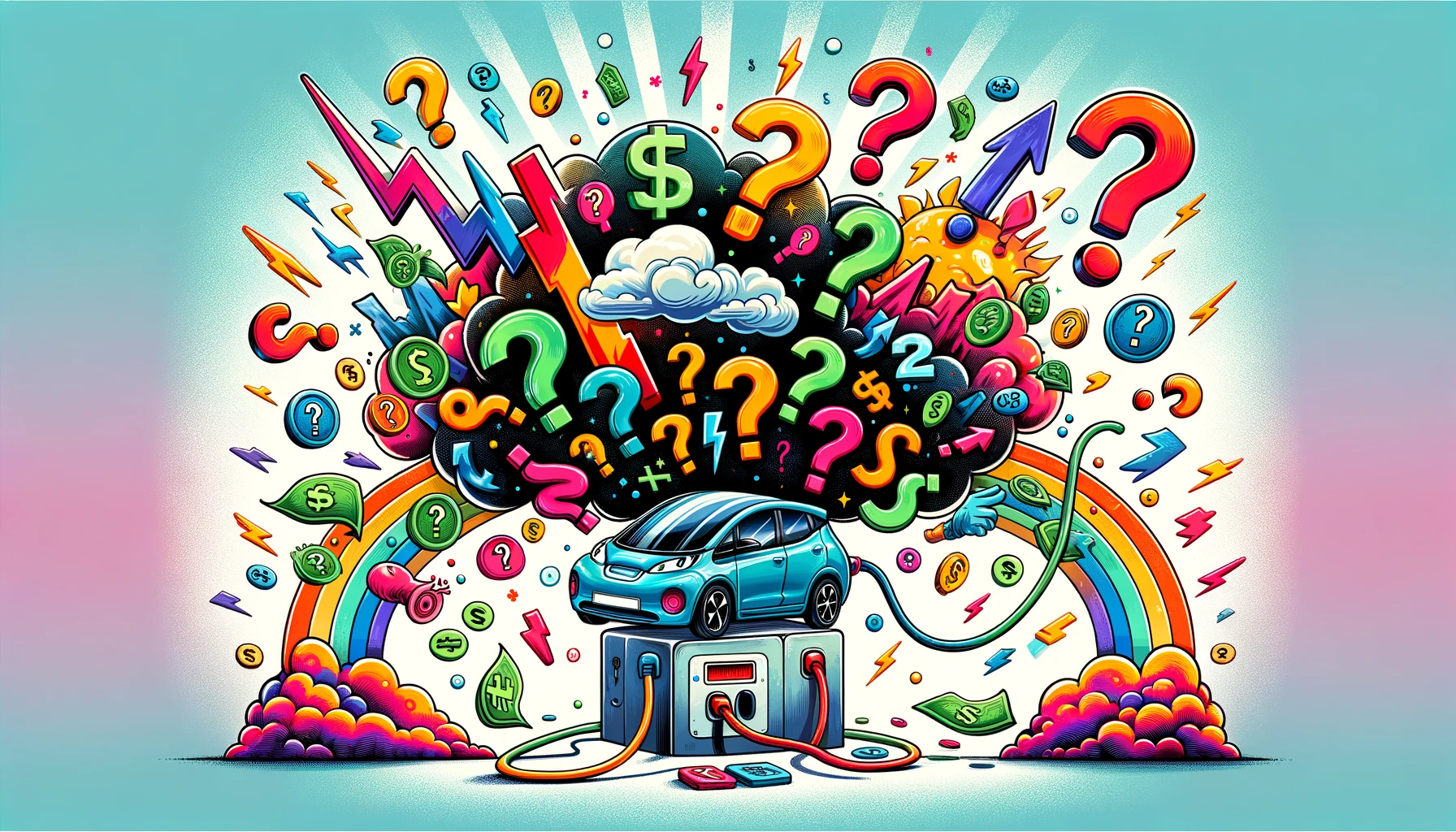One of the first questions that normally revolves around EV ownership is how much is going to cost to charge the car. My hope with this post is to show you roughly the order of magnitude related to these costs.
Of course, cost of recharging is heavily linked to your car and the driving efficiency you manage to achieve. In my case, the car is a VW ID.4 and the efficiency I’ve achieve so far is below.
You are probably noticing a trend when it comes to range efficiency: indeed colder months mean worse range!
So the first thing we are learning (or confirming) is that charging costs are heavily influenced by the weather.
Colder months = more energy consumed = more energy needed to recharge = higher energy costs
I’m based in the UK, so autumn and winter months get cold and certainly won’t help with my bills! The other major element to consider when trying to work out charging costs is how much that energy cost. It’s probably again common knowledge, but even after only few months it’s clear that right now EV ownership is really feasible if you have the opportunity to charge at home.
At the time of writing, charging on the road varies in tariff, but for fast charing it hovers around £0.5 to £0.8 per kWh.
Compare and contrast this even with the worst variable energy tariff which again at time of writing could be around £0.24-£0.3/kWh. If you have a smart meter (and you can get one for free normally from your energy supplier), you could easily have off-peak tariff that would go down to £0.07/kWh, making it up to 10x cheaper per unit of energy to charge at home compared to charging on the road!
To give you some further data, this is how much I payed for charging my EV since I got it in late July:
Of course the chart above only gives part of the story. It’s telling you how much I’ve payed for energy, but the final piece of the puzzle is now to understand how much value, or miles did I get out of the money I spent.
To work this out, the best indicator is cost per mile. Once again, here are my results.
This chart really drives home the concept that charging at home with off-peak tariffs is the best way to make EV a sustainable vehicle. In the months were I had to rely more on DC fast charging, my cost per mile ended up being almost twice what it has been in the last few months. This despite the fact that the efficiency was better in those months!
The other question you may have at this point is: did you keep a manual record of all the charges and miles driven in order to put this data together? Of course not!
This is an area where EV specific software really comes in handy! Specifically, for all these stats (and way more), I’m using Tronity. You can start for free simply linking your car with the Tronity platform. It supports pretty much any EV brand out there, and it’s super easy to get started. And that’s it. Tronity automatically gather and analyse the raw data that comes from your car, presenting it in all sort of beautiful and easy to read charts and cards.

This is absolutely not sponsored by them, it’s just my assessment of the platform after few months of usage. The final endorsement I can give them is that I’ve signed up for the premium plan as well, since I get so much useful data out of it! If you want to register too, you can use my affiliate link and receive a 25% discount on monthly or annual plan!

